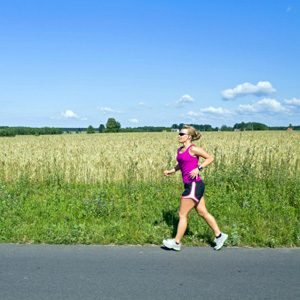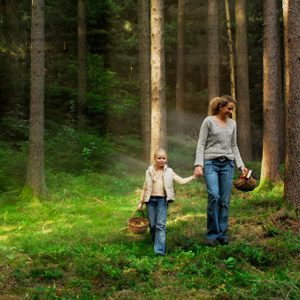Whether you stroll, saunter, amble or stride, walking is good for you. In his book, The Lost Art of Walking, Geoff Nicholson extols the virtues of walking, and delves into how and why we walk. Besides providing physical, psychological and social benefits, this simple, free activity can transform your life, he suggests. Here’s how.
(Photo: Thinkstock)

It Promotes Good Health
From a health perspective, walking is the key to managing weight, controlling blood pressure, and reducing the risk of a stroke, breast cancer, diabetes and myriad other ailments. A brisk daily walk lengthens your life, decreases the risk of depression and elevates your mood and sense of well-being. According to Harvard teaching hospital Beth Israel Medical Centre, walking lowers total cholesterol and increases high-density lipoproteins (HDL), or the “good cholesterol”.
(Photo: Thinkstock)

It Keeps You Mentally Refreshed
From a psychological viewpoint, walking offers an opportunity to clarify thoughts, to solve problems and to reduce stress. If you establish a rhythm that is relaxing and peaceful, walking can also become a form of meditation.
(Photo: Thinkstock)

It Allows for Social Bonding
Walking regularly with someone else enables a friendship to blossom as the pair of you exercise. You can also schedule regular walk “dates” with your spouse or partner and use the time to discuss issues without distractions.
(Photo: Thinkstock)

It Allows You See the World Around You
Also, the best way to explore some of the world’s great cities – such as New York, London, Paris and Rome – is on foot. Walking stimulates the senses and enables you to enjoy a rich engagement with life around you. According to Nicholson, the poet William Wordsworth circumnavigated the world seven times during his lifetime. Wordsworth reputedly delighted in the simple truth that “going for a walk is an invitation for surprise”.
(Photo: Thinkstock)

Tips To Get You Going
• Get a walking buddy and commit to meet each week at a set time.
• Get a dog and you’ll have a constant walking companion.
• Choose a location that is picturesque but accessible.
• Start with a moderate walk, then increase the pace and distance.
• Include some hills and stairs.
• Use an umbrella if it rains: the worst that can happen is that you get wet!
(Photo: Thinkstock)